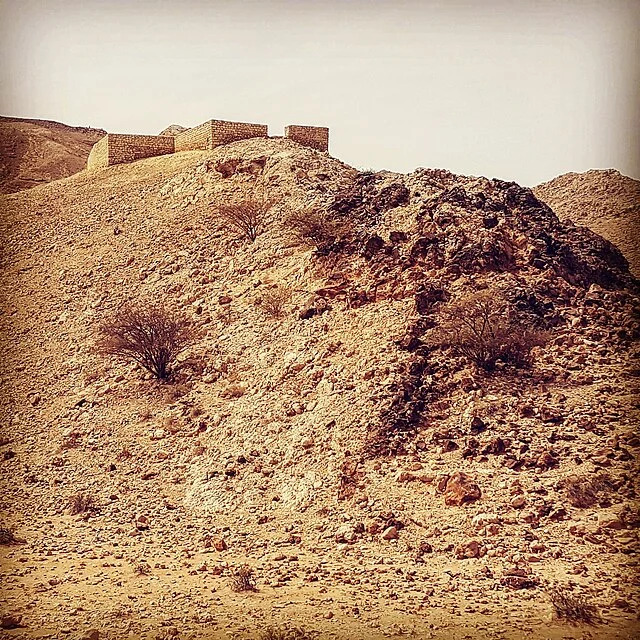Jebel Buhais is an important archaeological site in the United Arab Emirates. It is located in the emirate of Sharjah. The site holds evidence of human settlement and activity from the Neolithic period to the Iron Age.
Get your dose of History via Email
Neolithic Period Discoveries
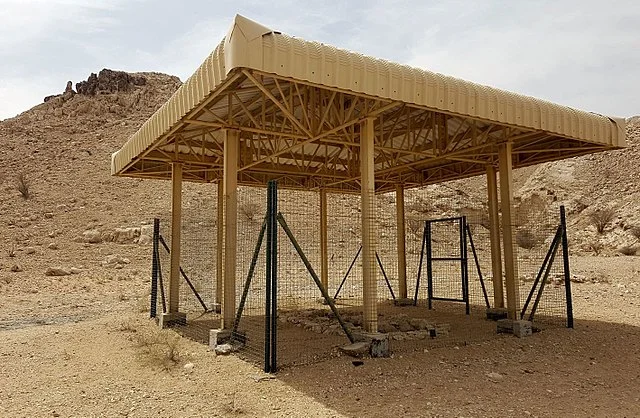
Archaeologists have uncovered burial sites dating back to around 5000 BC. These graves contain human remains and artifacts. The findings suggest that early inhabitants practiced communal burial rituals. Tools made of stone and shell indicate a subsistence strategy focused on hunting, gathering, and fishing.
Bronze Age Development
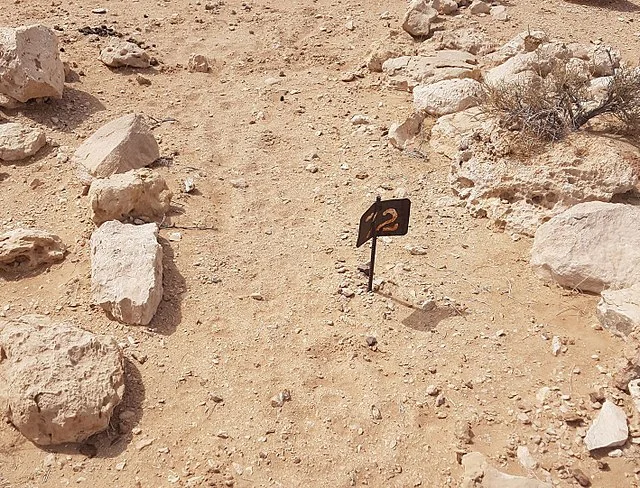
The site contains evidence of Bronze Age activity, dated to approximately 3100 BC to 1300 BC. Circular tombs built during this period demonstrate advanced architectural techniques. Items such as pottery, beads, and metal objects were found within the tombs. These suggest that the people engaged in long-distance trade, possibly with Mesopotamia and the Indus Valley.
Iron Age Expansion
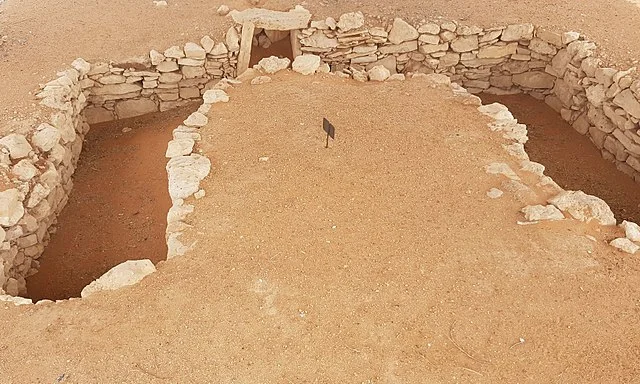
During the Iron Age, which lasted from around 1300 BC to 300 BC, the site shows signs of increased settlement. The discovery of fortified buildings and irrigation systems indicates a more organized society. Pottery and metal tools from this period display higher levels of craftsmanship. The introduction of falaj irrigation allowed for agriculture in the arid environment.
Importance of Jebel Buhais
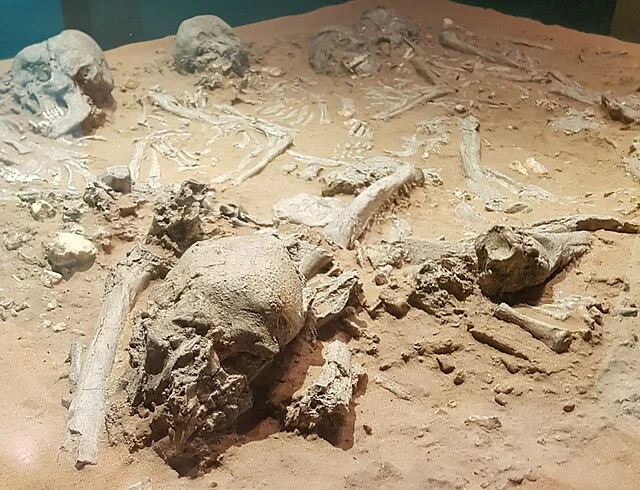
Jebel Buhais provides critical insights into early human adaptation to harsh desert conditions. The site’s continuous occupation reflects the resilience of ancient communities. It also highlights the region’s role as a crossroads for trade and cultural exchange.
Modern Archaeological Work
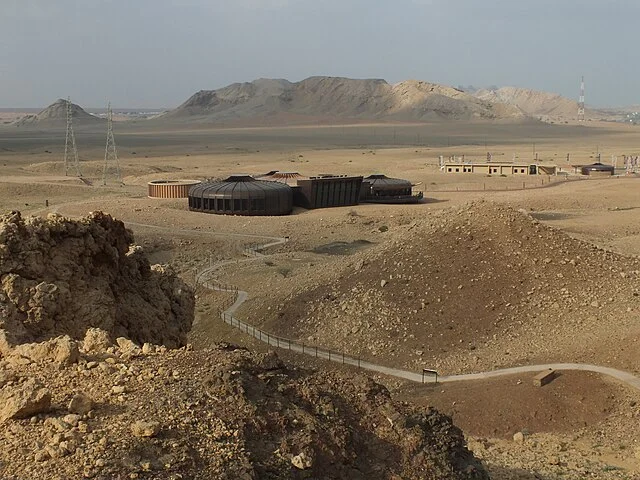
Excavations began in the late 20th century and continue today. Researchers use advanced technologies like ground-penetrating radar to uncover hidden structures. The site’s findings contribute to the understanding of pre-Islamic Arabian history.
Conclusion
Jebel Buhais is a key archaeological site in the Arabian Peninsula. It offers valuable information about human development from the Neolithic to the Iron Age. Ongoing research ensures its continued contribution to the study of ancient civilizations.
Source:

